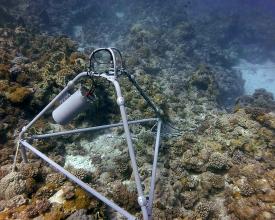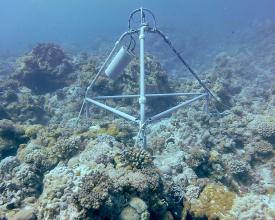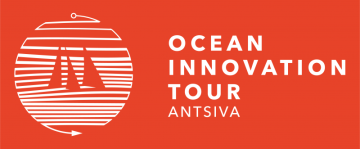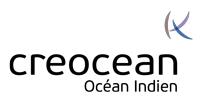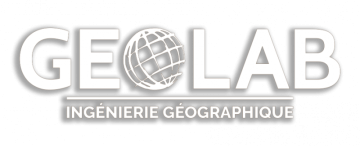CORCOPA - Optimized Conservation of Europa’s Coral Reefs using Ecoacoustics
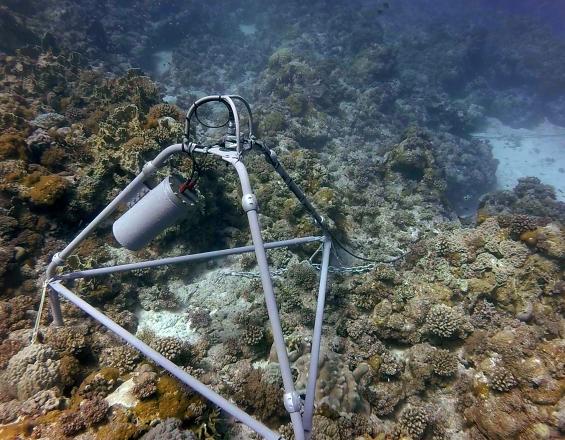
The coral reef around Europa island is one of the world’s rare reefs that remain in a near pristine condition. Its conservation is both a priority and a logistic challenge due to its remoteness. The frequency of visual surveys (a snapshot every 3 to 5 years) is insufficient to support its effective management. Indeed, accelerating effects of climate change and temporal dynamics of reef populations require frequent monitoring. Moreover, visual surveys are expensive and provide only partial information.
In April 2018, we installed an autonomous acoustic monitoring station on Europa’s reef at 12 m depth. A hydrophone continuously records the soundscape. Data are transmitted to a terrestrial station, providing a near real-time information about the state of the ecosystem. To understand how variations in soundscape relate to ecosystem state, ecoacoustic indices were determined by coupling acoustic and visual surveys (videos for fishes, 3D modelling for habitat) on 9 sites around the island.
Context
Challenges addressed
Location
Impacts
The first year of monitoring has provided novel information to both managers (TAAF) and scientists. For the first time, the temporal dynamics of Europa’s coral reef was recorded. We identified circadian, lunar and seasonal variations in reef community activity through the variations of various ecoacoustic indices. Several activity peaks were also identified.
These findings have direct implications for management. For example, human activities (eco-tourism, research) can now be adapted to avoid the periods of higher biological activities. Also, the one-year data represents a baseline to which future recordings can be compared to detect disturbances, and better understand their origins and mechanisms (e.g. impacts of bleaching events). This can allow managers to implement conservation and restoration actions to counteract biodiversity and ecosystem function losses shortly after disturbances.
Unfortunately, 5 m high waves from a powerful hurricane that passed in March 2019 moved a huge rock which broke the cable. A flash repair attempt failed and we are currently waiting for an opportunity for a longer intervention. This monitoring should go on, not only for the exceptional patrimonial value of Europa’s coral reef, but also because this station provides a unique opportunity to monitor the overall effects of climate change on coral reefs in the absence of direct human pressures.
